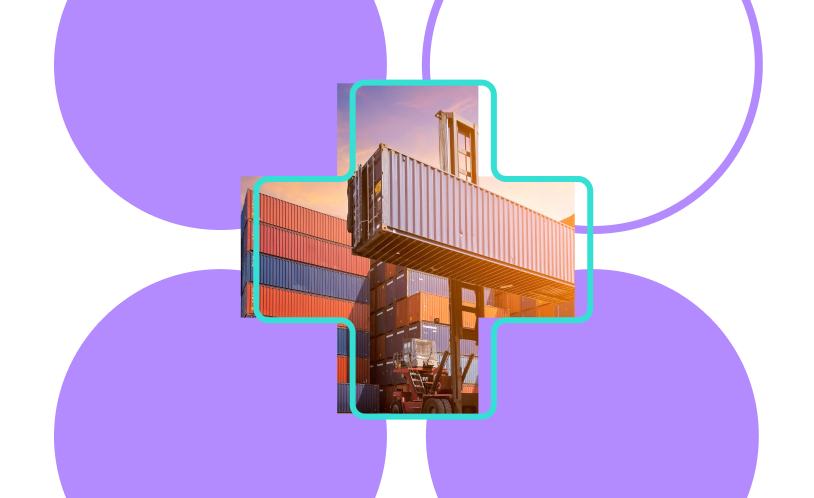After you have identified a product you want to private label, where do you find a suitable Chinese supplier? This guide explores the most promising channels.

Online Sourcing Marketplaces
Using online sourcing marketplaces (or directories) is the most commonly used channel by most e-commerce sellers, especially those just starting out. There are three main sourcing marketplaces for Asian, specifically Chinese, suppliers:
- Alibaba. The biggest online sourcing marketplace, Alibaba has a wide range of products and suppliers. They offer a Trade Assurance for payment assurance, Alipay for online payment, as well as product-quality and on-time shipment protection. Alibaba owns AliExpress, which can also be a good sourcing option if you want to test a new product with a small order quantity.
- Global Sources. The oldest sourcing marketplace, Global Sources has a focus on verifying suppliers and curating new, innovative products. They are strong in electronics products, and will be launching a payments service in mid-2018. They are the only marketplace that also runs trade shows.
- Made In China. The Made In China marketplace is strong in machinery and hardware-related products.
Advantages Of Sourcing Online
- It’s low-cost and quick. If you’re starting with a small budget, sourcing from an online marketplace is the obvious choice. There’s no travel cost involved and you can source products from a supplier and send to FBA directly, without ever seeing the product.
- There are a wide variety of products and suppliers. You have access to a large number of suppliers across China and elsewhere in Asia. Products popular on Amazon or on-trend categories crop up within a few days or weeks on online marketplaces.
The Supplier Marketplaces guide covers how to find a supplier on Alibaba.
Disadvantages Of Sourcing Online
- It can be difficult to identify new products. Due to the sheer number of suppliers and products online, identifying products that are really new can be difficult. With online suppliers copying product images from any source, it is sometimes difficult to determine who the manufacturer is.
- It can be difficult to identify manufacturers. Often, it’s difficult to distinguish trading companies from manufacturers, unless the online marketplace verifies manufacturers or the supplier is transparent about their business type on the website.
- The end to end sourcing process can take longer. Receiving samples from multiple suppliers can a few weeks or even months, which makes the sourcing process longer.
- There is a higher risk of scams and other trust issues. While most China suppliers are in business for the long haul, there certainly are bad apples out there. When sourcing online, you have a higher risk of getting scammed or encountering a fly-by-night-operator.
While it is easier than ever to inquire about products online, trade shows have some advantages that online sourcing can’t beat. Whether you decide to visit a show mainly depends on your business model, scale of business, and availability of financial resources.
Advantages Of Visiting A Trade Show
- It can be easier to find new product ideas. Sourcing fairs are a great way to discover new products to source. Walk down the aisles and you might find an exciting new product you wouldn’t have thought about sourcing.
- There are more opportunities to be the first to source a new product. Many suppliers launch new products at trade shows, which won’t be posted online until the shows are over. You get a first-mover advantage by discovering these products.
- You can speed up the process. When sourcing online, you have to wait for the supplier to send you samples before you can decide whether or not a product is suitable for you. At trade shows, you can shortlist products much faster by seeing the product and asking all your questions. You can select products manufacturers are displaying, or have them custom make a product for you. Most of the manufacturers will do custom work.
- You get to see the products. Viewing, touching, feeling, and otherwise generally experiencing the products gives you a better understanding than anything that a computer screen can deliver.
- It helps you research a product category. If you are starting to source a product that you are not familiar with, trade shows help you do the research and determine the right questions to ask prospective suppliers.
- It helps deepen current supplier relationships. If your current suppliers are attending a trade show, this is a great opportunity to meet up with them and deepen your relationship.
- You can find suppliers you won’t find online. Some suppliers feel they get higher quality leads at trade shows, and will only market themselves there, rather than online. Buyers sourcing online only won’t find these suppliers and their products.
Attending a trade show makes it easier to find manufacturers. Some of the largest online websites have become very crowded with agents and trading companies, making it more difficult to go directly to the manufacturer.
While trading companies also attend trade shows, it’s much easier to identify and find manufacturers there. The best way to tell is that manufacturers tend to deal in a single product line, while agents usually carry several product lines based made from different raw materials that use different manufacturing processes.
Disadvantages Of Visiting A Trade Show
- It comes with a high cost. Attending a trade show halfway across the world is not cheap. The hotel, flights, and other expenses will all add up, probably to several thousand dollars.
- It takes more time. You will need to spend at least three or four days attending a trade show. Many buyers spend one to two weeks in Asia attending trade shows and visiting factories.
The Attending Trade Shows guide goes into more detail about this channel.
Sourcing Agents
If buying directly from a China manufacturer sounds like too much trouble, you can get help from a commission-based sourcing agent. They can help identify and verify suppliers, as well as facilitate communications.
Their fees range from 3% to 10% of the purchase price. Be aware that sometimes agents get paid by both the supplier and the buyer.
Service Providers
These are companies that take over the entire sourcing process from end-to-end, including supplier identification, price negotiation, quality control management, logistics, and shipment management.
Many of these companies are managed by westerners, which makes communication more efficient than with most local manufacturers. Some specifically cater to the needs of Amazon sellers or Amazon FBA sellers.
This service comes at a cost. They usually work on a flat-rate model rather than a commission. They, too, might also be getting a kickback from the supplier.
Sourcing Magazines & Catalogs
Until relatively recently, most importers found China suppliers and products through reading magazines and catalogs. While the use of print magazines has been dwindling, electronic versions of a few sourcing magazines are still published.
The advantage of a catalog or magazine is that you may come across new suppliers and products you hadn’t thought of sourcing.
Global Sources still publishes periodical magazines, which are distributed at their trade shows.
HKTDC is another company that publishes catalogs tied to their trade shows.
Referrals
If you are already importing from China and want to source a new product, ask your current supplier to refer companies to you. They may be open to recommending suppliers they know If it’s a product they don’t manufacture.
You can also ask for referrals in Amazon seller Facebook groups, or other communities you belong to.
By Meghla Bhardwaj, Global Sources



